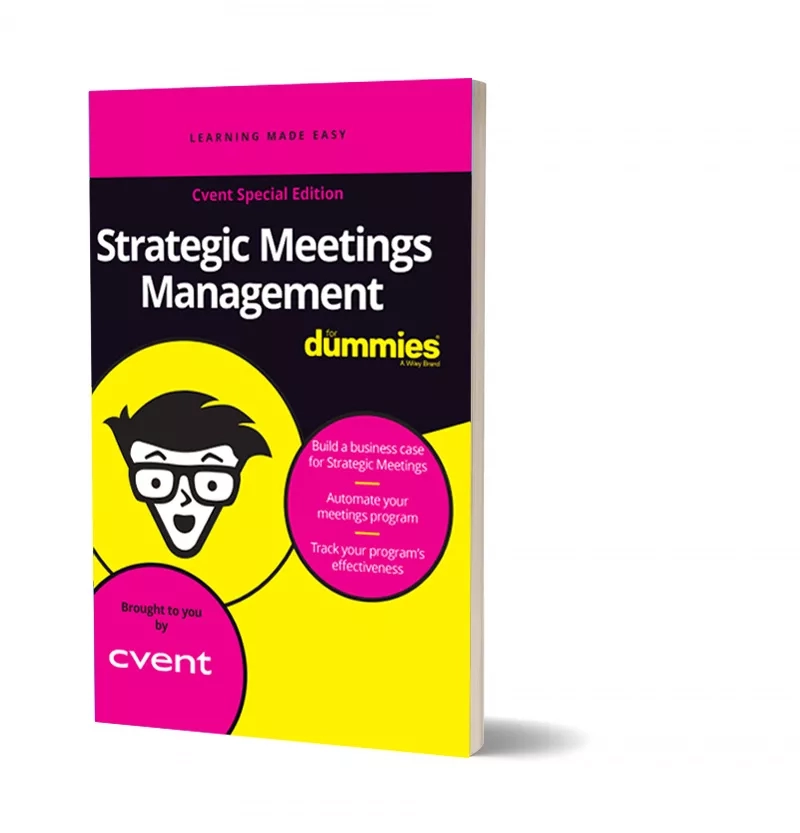The world gets smaller all the time, with global expansion on the menu in most major industries, from medical device manufacturing to hamburger grilling. Your organization may have a global presence already, or is thinking about it. If so, sooner or later you’ll be talking about taking your SMM program global.
This blog spells out some of the considerations for expand- ing your program around the world. That begins with circling destinations on the map, determining who the stakeholders are, figuring out how the governance model will work on a global basis, and considering what your technology will have to accomplish.
Defining the Global Rollout
Organizations have thought about taking their SMM programs global for a number of years, but many have been daunted by the complexities. Your program will need to accommodate business practices that likely vary from one continent to another, and take cultural diversity into account. Flexibility is the key, and one size definitely does not fit all.
Begin by defining just what you mean by “global.” What regions of the world are going to be part of this global rollout? It makes sense to take one step at a time, so you’ll want to prioritize the order of the various phases of your rollout, by region, by business unit, by product module, or whatever makes the most sense for your organization. Consider which markets offer the great- est opportunity for increased adoption — you want to begin where you’ll get some good bang for your buck, but don’t pick the toughest region first.
Identifying Regional Stakeholders
For each region you tackle, you need to assemble the cast of characters, just as you did for your initial rollout. Here are some roles to consider as you name your regional, internal stakeholders:
-
Executive sponsor: This might be a vice president or above, to whom the meeting department reports.
-
Regional champion: Each region should have a primary stakeholder with plenty of enthusiasm and skin in the game.
-
Design committee: Name a process owner and team to take responsibility for establishing requirements and designing the overall program.
-
Operations: This subset of stakeholders includes meeting planning professionals, third-party planners, and the system administrator.
-
End-users: This means the meeting owners, requesters, and any other customers.
-
Resources: Your internal helpers may include a project management team and IT resources, communications and training, and there may be some external supporters such as API developers and consultants.
While you’re at it, try to identify your biggest critic in each region. You need that person at the table to give you some perspective and a reality check on the challenges you’ll face, with operations as well as buy-in.
Asserting Control
A global organization operating in lots of places typically has a complex governance model. Your aim of getting everyone in the meetings-related part of the business onto the same page may be complicated by the many different pieces of global governance. The global rollout needs a governance committee, featuring high- level people such as VPs or above.
As you consider the governance model, figure out who will be the “good cop” and who will be the “bad cop.” Create a leadership group that can gather and offer feedback, and can make any tie- breaker decisions as needed. Get a good understanding of what your vendor will bring to the table, too.
Operating Globally Through Technology
From a technology perspective, running an SMM program in mul- tiple places around the world is quite a bit more complicated than sticking with one country, as you can imagine. Your technology provider should be globally experienced, with adaptable solutions. The product must function seamlessly in meeting the demands of a diverse global marketplace.
Here are some of the things that your SMM technology must be able to do in order to serve your global rollout well:
-
Automate diverse meeting processes across the meeting lifecycle while accounting for different regional or country-based policies.
-
Establish a default account currency to consistently roll up financial data for reporting. However, to increase global adoption, the system must at the same time allow users to work in their own local currency for RFPs, attendee registration sites, and event budgets.
-
Build registration sites in multiple languages. To facilitate online registration, meeting attendees must be able to receive communications and register in their native languages.
-
Retrieve air travel booking information and updates from any global distribution system. Your technology must be able to capture attendee travel details, regardless of the booking system used or country of origin.
-
Search suppliers based on regional criteria such as country, area, postal codes, metric room sizes, and other considerations that may differ from one place to another.
-
Run reports on meeting activities and counts as well as spend by country or region, to provide detailed analysis and analytics on your global meetings program.
While you’re considering a technology supplier for a global rollout, don’t forget that customer support needs may come in from just about any time zone around the world. You need global user support that’s available 24/7.
Excerpted from Strategic Meetings Management for Dummies © 2019 a custom published product produced with John Wiley & Sons, Inc.
Download the book - Strategic Meetings Management for Dummies





